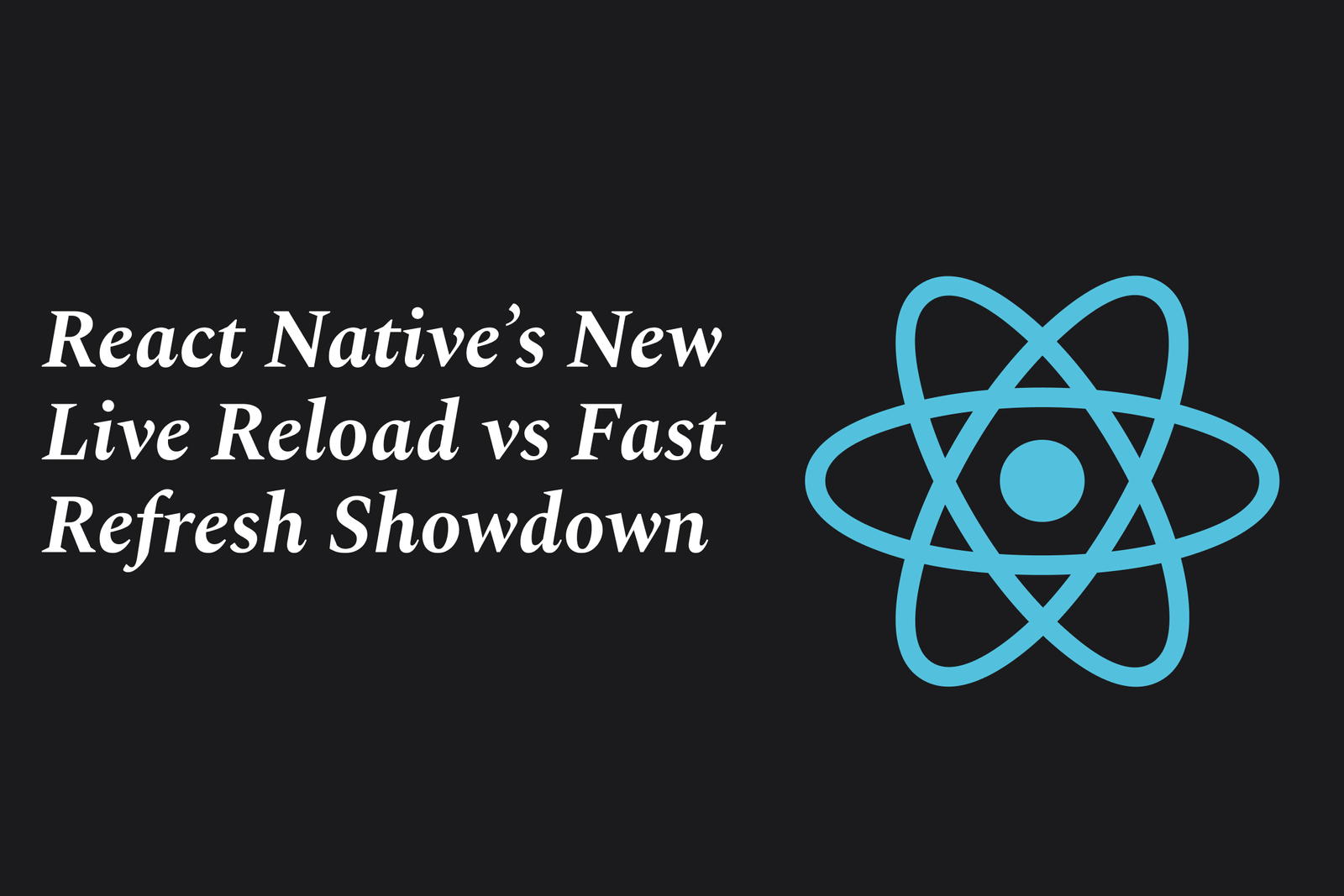How React Native is redefining mobile app UX
React Native is transforming mobile app UX by enabling developers to create high-performance, cross-platform apps with a single codebase. It combines native functionality with faster development, delivering seamless, smooth, and customizable user experiences across Android and iOS devices.
How React Native Is Redefining Mobile App UX
1 ) Introduction to React Native's Impact on UX
React Native has emerged as a transformative technology in mobile app development, enabling developers to build cross platform applications with a single codebase. This approach significantly enhances user experience (UX) by delivering native like performance and seamless functionality across both Android and iOS platforms.
2 ) Core Advantages of React Native for Mobile UX
Cross Platform Development: React Native allows sharing of up to 90% of code between iOS and Android, accelerating development while maintaining consistent UX across devices.
Performance: Unlike traditional hybrid apps, React Native renders components using native APIs, ensuring smooth animations and fast interactions, which are critical for positive user experiences.
Modular Architecture: Its component based structure simplifies updates and feature additions, making apps more adaptable to user needs over time.
Rich Ecosystem and Community Support: Open source libraries and tools enhance UI capabilities and problem solving, contributing to refined UX design.
3 ) Customization and Interactivity Enhancements
React Native facilitates deep customization of UI/UX elements. Developers can integrate native components like biometric sensors and implement complex gestures and animations. This customization leads to more intuitive and engaging mobile interfaces.
4 ) Integration with Emerging Technologies
React Native supports integration with AI/ML functionalities, blockchain, and real time communication tools, enabling development of advanced app features such as AI powered chatbots, real time voice AI, and secure user authentication. These integrations elevate user experience by making apps smarter, faster, and more secure.
5 ) Testing and Maintenance for App Quality
React Native’s compatibility with various testing frameworks ensures apps are robust and bug free. Continuous maintenance and support services guarantee apps remain responsive and stable, further enhancing user satisfaction.
6 ) Business and Developer Benefits Translating to Better UX
Cost Efficiency: Shared codebase reduces development costs, allowing businesses to allocate more resources to UX improvements.
Faster Time to Market: Rapid development cycles enable quicker user feedback incorporation and iterative design enhancements.
Agile Development Processes: Facilitate dynamic UX adjustments aligned with changing user expectations.
7 ) Case Study: Summum Healthcare App
An app built with React Native in South America revolutionized healthcare UX by offering a centralized, user friendly platform for scheduling, prescriptions, and virtual consultations. This project highlighted React Native’s capacity to deliver sophisticated, intuitive interfaces that save users time and effort.
Conclusion
React Native is redefining mobile app UX by merging native performance with cross platform efficiency. Its flexible architecture, support for cutting edge technologies, and extensive developer community contribute to creating highly responsive, customizable, and scalable mobile applications. Businesses leveraging React Native can deliver superior user experiences that meet the demands of today’s diverse mobile audience.
https://justacademy.in/news-detail/flutter-roadmap-beyond-2025
https://justacademy.in/news-detail/react-native?s-secret-weapon:-faster-app-load-times
https://justacademy.in/news-detail/android-health-and-fitness-app-updates
https://justacademy.in/news-detail/react-native-and-firebase:-the-perfect-pairing-in-2025
https://justacademy.in/news-detail/android-enterprise-management-features
Related Posts
Java supports GDPR and data privacy by enabling secure data handling through encryption, controlled access, and precise data management. It allows developers to minimize PII exposure, ensure data confidentiality, and design workflows that comply with data protection regulations effectively.
Java code quality tools have evolved to include advanced static analysis, integrated security checks, and AI-powered code reviews. These updates help developers detect bugs, enforce coding standards, and enhance security, streamlining the development process and improving overall code reliability.
Java remains a cornerstone in big tech companies, evolving with modern features like records, pattern matching, and virtual threads. Its robust ecosystem, enhanced performance, and growing AI integrations keep it vital for both legacy systems and innovative new projects.
Java and CI/CD pipeline optimizations streamline Java application development by automating builds, tests, and deployments. They improve efficiency through parallelization, caching, and secure secrets management, enabling faster feedback loops and more reliable, scalable software delivery.
Java supports modern cryptography standards through its flexible Java Cryptography Architecture (JCA), enabling integration of advanced algorithms like AES, EdDSA, and post-quantum tools. Libraries like Bouncy Castle offer FIPS-certified, hardware-accelerated implementations for secure development.
Java 23 enhances record patterns by enabling concise, direct destructuring of record components within pattern matching, simplifying type checks and data extraction. This improvement boosts code readability and expressiveness by reducing boilerplate in handling immutable data classes.
Java remains a top choice for mobile app backends, powering scalable, secure, and high-performance server-side solutions. Latest trends include cloud-native microservices, reactive programming, and enhanced JVM optimizations, enabling efficient, flexible, and robust mobile backend development.
Java SE 24 and LTS Java SE 21 offer enhanced features and performance, while Apache Spark 4.0.0 introduces Scala 2.13 support and advanced ML and SQL capabilities. Together, they empower developers to build scalable, high-performance data applications with modern tools.
JUnit 5 modernizes Java testing with a modular architecture, improved assertions, and seamless Java 8+ support. Beyond JUnit, tools like Mockito and AssertJ enhance mocking and assertions, creating a powerful, flexible ecosystem for writing clean, efficient Java unit tests.
Java plays a pivotal role in cloud automation tools by providing a robust, platform-independent language used to build scalable automation frameworks like Jenkins and Selenium, enabling efficient CI/CD pipelines, testing, and orchestration across diverse cloud environments.










